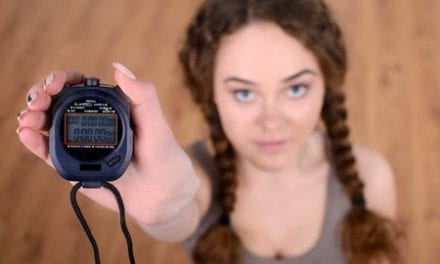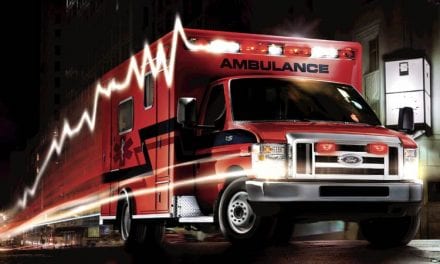“Easier and cheaper” may be undermining all the hard work you have done to make sure your website is optimized for SEO and has the right “calls to action.”
By Susan Saldibar
Stock photos. Such an easy choice over photo sessions. It’s faster and cheaper to go to iStock or whatever your favorite stock photo site is and, with a few clicks, get exactly what you (think you) need and, voilà!
But that “easier and cheaper” may be undermining all the hard work you have done to make sure your website is optimized for SEO and has the right “calls to action.”
“I’ve seen people spend tens of thousands on a great website, only to undo all their efforts with stock photos that share nothing about their real community,” says Jason McCloud, VP of Digital Marketing at Sage Age, a Senior Housing Forum partner. “It’s too bad. Because, by taking about a dozen good custom photos, they could potentially double their conversion rates.”
Yes, photos have a dramatic impact on conversion rates.
Depending on the study and the industry studies, good photos that show real people using a product or service can increase conversion rates anywhere between 35% to over 100%. That’s a lot more leads!
A quick Google search will pull up dozens of articles that speak to the dramatic impact that a good photo has on engaging and motivating people to take action. If you don’t believe them, ask your marketing department to conduct some A/B testing of different landing pages with different photos and you can see the results yourself.
So, assuming you want more leads, what are the best photos to use for your community?
-
Real residents; not models: This is about establishing authenticity. Of course a real resident is not going to have perfect skin, teeth and clothing. But it isn’t hard to spot the residents in your community who are more outgoing and photogenic. Bring them together with caregivers and start capturing some of that authenticity.
-
Inside your community: Show them where there loved one will be living. That means your outside areas, your hallways, your dining area, your multi-purpose room, your resident apartments or bedrooms.
-
Real caregivers and staff: Once again, it isn’t hard to tell a model from a real caregiver. Your potential clients want to see the real people who will be caring for their loved ones. Take the extra time to identify those staff members who are amenable to being photographed. It will make a big difference.
Of course you’ll want to get privacy release waivers from everyone in the photo. And most will be happy to provide them. Many communities make it a practice to ask for a waiver at the time of move-in. That way it’s in place when you need it.
This doesn’t have to be a “lights, camera, action” production.
“People think taking some photos has to stop everything,” says Jason. “You can do it in a single day, spending from about $300-$500 dollars.” And Sage Age can help you plan and execute a photo shoot.
By the way, not all stock photos are evil.
There are times when a good stock photo can help fill a gap or two. Jason urges senior care providers to put effort into selecting photos that have a more authentic look and feel to them. It is important that any stock photos used augment your storyline and fit with the general style and appearance of your custom photos.
Bottom line: Show them what you are selling.
In the end it’s about showing photos of the actual product you are selling.
To illustrate, Jason points out a great example from a blogger with Crea8tify.com, a popular marketing website:
“There’s never enough photos of the houses being listed. Why? I have no idea. And you know what’s funny? When I was buying my place a few years ago, it was hard to find pictures of the property that I was interested in; but there was always a picture of the realtor. It’s like, listen up, buddy. I want to see the kitchen and, unless you come with the house as my personal chef, I don’t want to see you.”
Translated to our world that might play out as “Adult influencers don’t want to see a thirty-something model wearing a stethoscope with her arms around a seventy-something model staring happily into space. They want to see a real resident in your community, with a real caregiver, engaged in a real activity.”
In other words, give them what they want and you’ll get what you want — their interest in your community!








